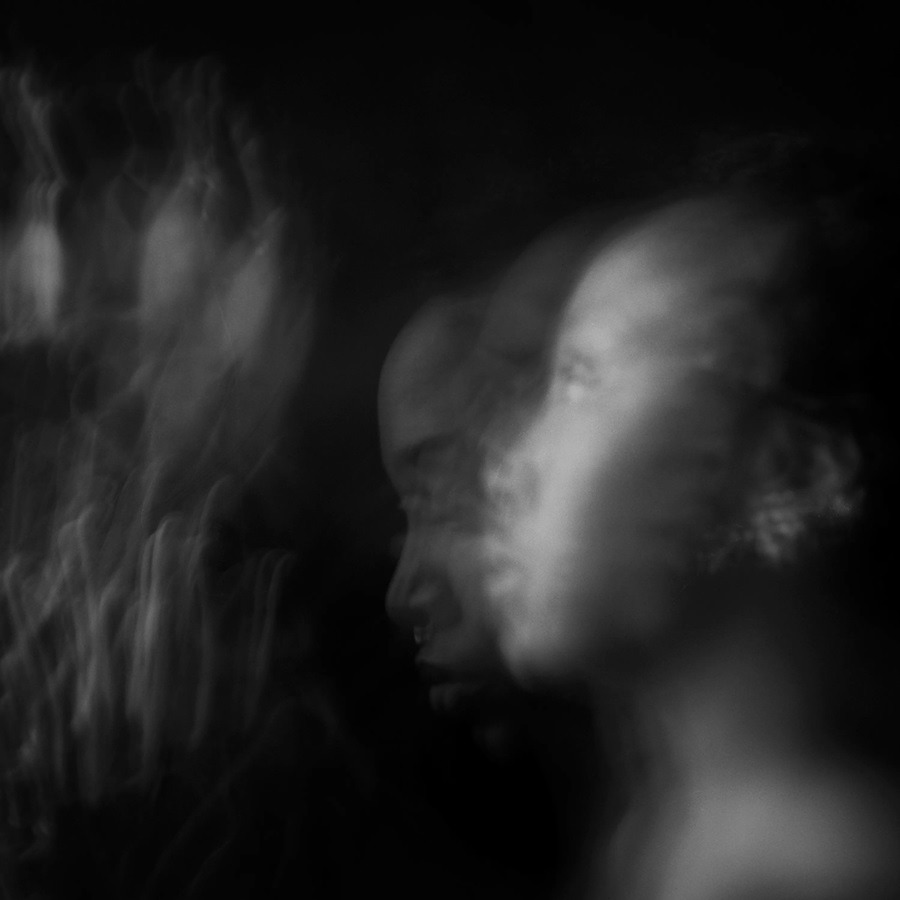The new Niecy Blues devotional experience - Exit Simulation
- by Martín Cacho
- in Reviews

If we search in the history of western music, the middle ages and renaissance music puts a high emphasis and value in vocal music over anything else. The best way to spread the word of the lord in music was by the use of the human voice.
However, if you are curious and go right now to spotify or youtube to listen to some Bach or any medieval or baroque music in your lenguaje, you will find that the absurdly complex polyphony of some composers compromises the intelligibility of the lyrics. This is because composers and artists put emphasis on beauty and experience, not just words, when they try to spread the sacred word to the people.
The challenge of balancing beauty with the intelligibility of spoken words troubled both church authorities and composers for years. Over the centuries, Western sacred music underwent significant changes, simplifying or complicating its musical elements. Yet, two aspects remained constant in the classical tradition: the use of church settings and a focus on vocal music.
While this might seem obvious to many, consider this: in contemporary genres attempting to evoke a religious or sacred musical aesthetic reminiscent of the classical tradition, electronic music stands out. I have a theory regarding this phenomenon.
Electronic and digital music introduced a valuable tool for musicians—the ability to create instruments devoid of attack, or in simpler terms, instruments with subtle transients. How can this be achieved with conventional instruments like an acoustic guitar, piano, or violin? None of these instruments can completely eliminate their attack or diminish their transients. percussive instruments are a no-no, you eliminate all the essence of them. But there is a very special analog instrument that is capable of reducing the sound of its attack, that if it's used correctly has the affinity to transform into something like a digital pad.
Yeah, you guessed, the voice!
Is it plausible that the giant choruses employed by medieval/Renaissance Catholic composers, combined with the immense natural reverb of churches, aimed to create something akin to a modern synth-pad?
Niecy Blues, the artist under review, made a notable statement about churches in the press release for her latest album, 'Exit Simulation':
“...My first experience with ambient music was church – slow songs of worship, with delay on the guitar… even if you don’t believe, you feel something.”
While listening to her album, we might not find explicit answers to the intriguing question posed earlier. However, what we do discover is that electronic music can, in its own way, replicate the traditional method of crafting sacred music.
Niecy has constructed a monumental sonic sanctuary for devotion in this album—a space adorned with celestial and weighty reverb. Her voice morphs into various textures and employs intriguing techniques, occasionally whispering in harmony with the synth drones and pads in the background. The vocal harmonies echo the spirit of gospel music while embracing the modernity of the neo-soul movement.
All elements—voices, drones, and pads—merge into a tantalizing, undulating texture, akin to a painting upon a smokescreen. At times, she solidifies this ethereal texture by infusing her voice with more attack, lending a sense of solidity to the ephemeral church of smoke. Guitar arpeggios and piano interjections reinforce these solid surfaces within the auditory space.
In this album, the artist has achieved a masterwork of contemporary contemplative church music.
I highly recommend this album to those seeking a personal and introspective musical experience. Whether you enjoy soulful melodies or resonate with worship music, this album offers a profound listening journey."
This revised version aims to retain the essence of your analysis while refining the language and structure for clarity and flow.



